1. The Global Spread of Bird Flu and Its Economic Consequences
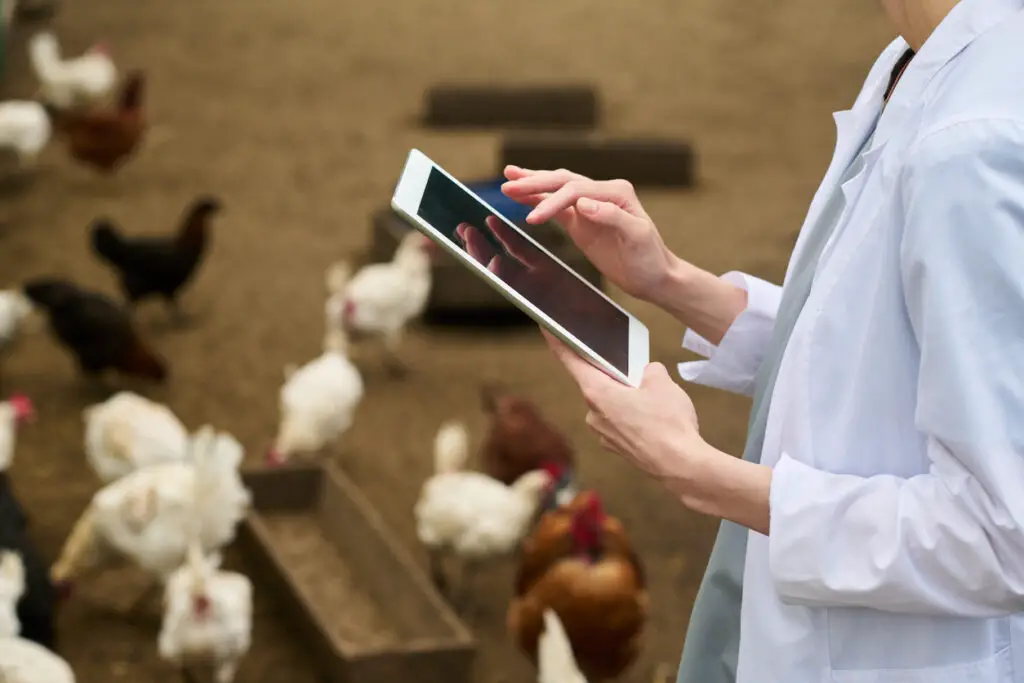
Bird flu, or avian influenza, has long been a threat to both animal and human health. In recent years, the virus has spread to more countries, affecting millions of birds and impacting the global poultry industry. According to a report by the FAIRR Initiative, the recent avian flu outbreak in the U.S. has led to approximately 40 million bird losses and economic costs ranging from $2.5 billion to $3 billion. While initially a problem confined to specific regions, the bird flu’s reach has expanded significantly, causing widespread outbreaks. This spread has led to substantial losses in poultry populations, particularly in the United States, Europe, and Asia, where bird farming is a major industry. The disease doesn’t just affect the birds; it also ripples through the economy, with price increases and trade restrictions that impact the global food market.
The economic consequences of bird flu outbreaks are significant. Poultry producers face hefty losses due to the culling of infected flocks, leading to both short-term and long-term financial hardship. This, in turn, affects the entire food supply chain, from farmers to consumers. The global economy is interconnected, and when a major poultry-producing country is affected, it can cause a chain reaction. Countries that depend on importing poultry products may face shortages and inflated prices, disrupting food supply chains across borders. The ripple effect extends beyond food production, with significant impacts on employment, food security, and trade relationships.
2. Food Prices Surge as Poultry and Egg Supplies Dwindle
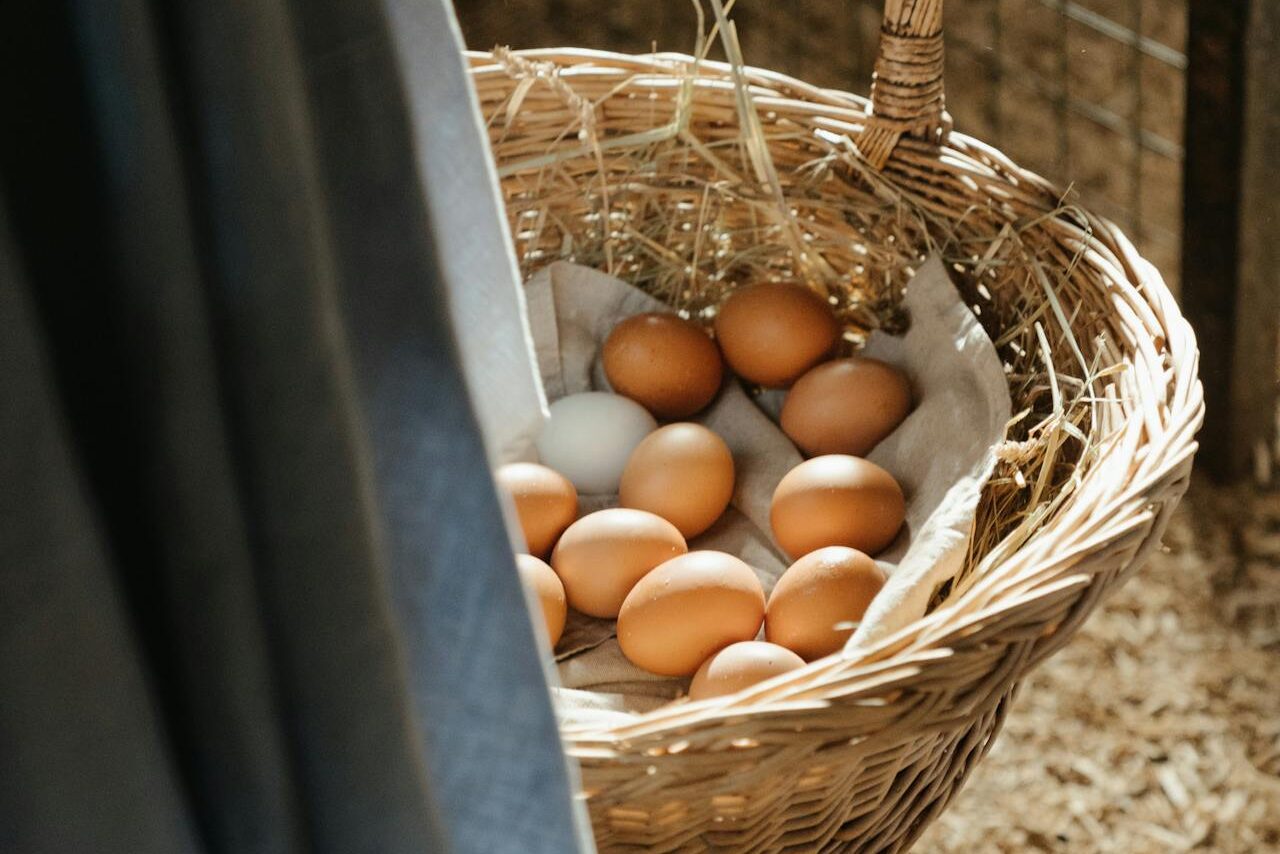
One of the most immediate effects of bird flu outbreaks is the rise in food prices, particularly for poultry and eggs. The Poultry World notes that when large numbers of chickens, turkeys, and other poultry are culled to prevent the spread of the virus, supply decreases dramatically. This shortage directly impacts consumers, as the cost of poultry products skyrockets. Eggs, a staple in many diets, also see price hikes, affecting households, restaurants, and food industries alike. In some regions, these price increases can be substantial, creating financial strain for low- and middle-income families who rely on affordable protein sources.
The surge in poultry and egg prices also causes inflationary pressure in broader food sectors. For example, many processed foods contain poultry or eggs as key ingredients, and as these prices rise, so too do the costs of packaged goods. Restaurants, particularly those that heavily feature poultry in their menus, may be forced to increase prices or reduce portions, impacting consumers and businesses alike. For developing nations that rely on poultry as an affordable protein, bird flu outbreaks can have particularly dire consequences. This can exacerbate food insecurity and create a vicious cycle of poverty, where the cost of basic food staples becomes unaffordable for millions.
3. Disruptions in Global Trade and Export Restrictions
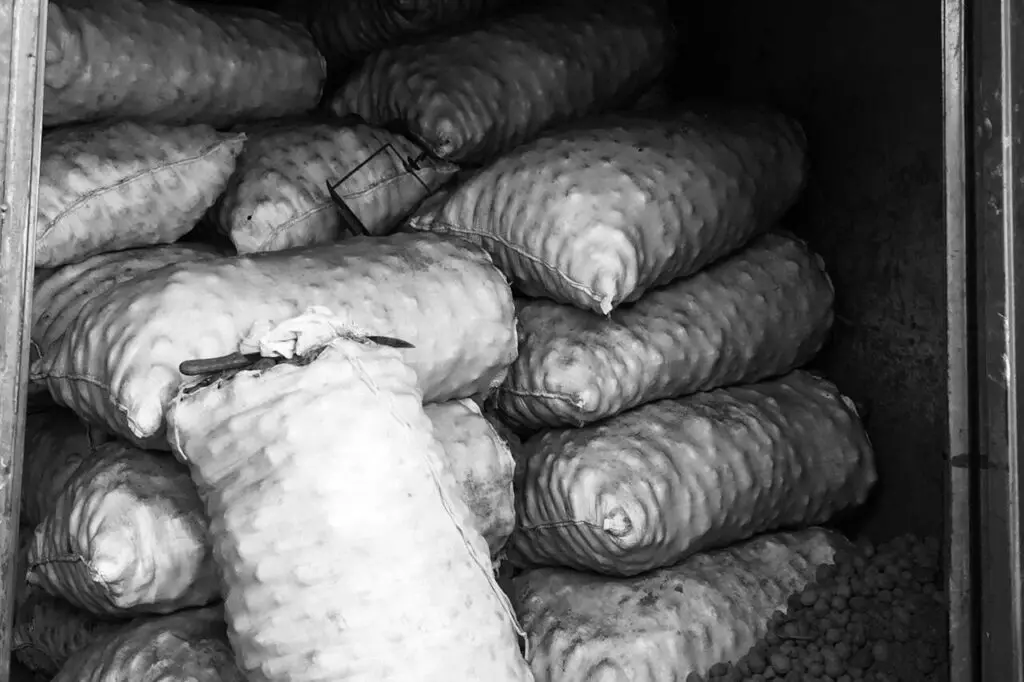
As bird flu outbreaks spread, countries often impose trade restrictions, banning the import and export of poultry products. This can lead to significant disruptions in global food trade, especially in countries that rely on poultry imports to meet local demand. The World Organisation for Animal Health highlights that nations that typically export large quantities of chicken to global markets may face restrictions on their shipments, causing a backlog of goods and lost income. Importing countries may struggle to find alternative sources of poultry, leading to supply shortages and rising prices. The global nature of the poultry industry means that a bird flu outbreak in one country can have far-reaching impacts on international trade.
Export restrictions also complicate the operations of multinational food companies that rely on a steady supply of poultry products for their processing plants. These companies are forced to adjust their supply chains, often sourcing from different countries, which may not be able to meet the same demand levels. Additionally, trade disputes may arise as nations seek to protect their domestic poultry industries or avoid the economic damage caused by bird flu. The end result is often a fragmented global food market, where prices fluctuate, and availability becomes unpredictable. This further exacerbates economic instability, particularly in countries that are more reliant on imported food.
4. Impact on Livestock and Agricultural Industries Beyond Poultry
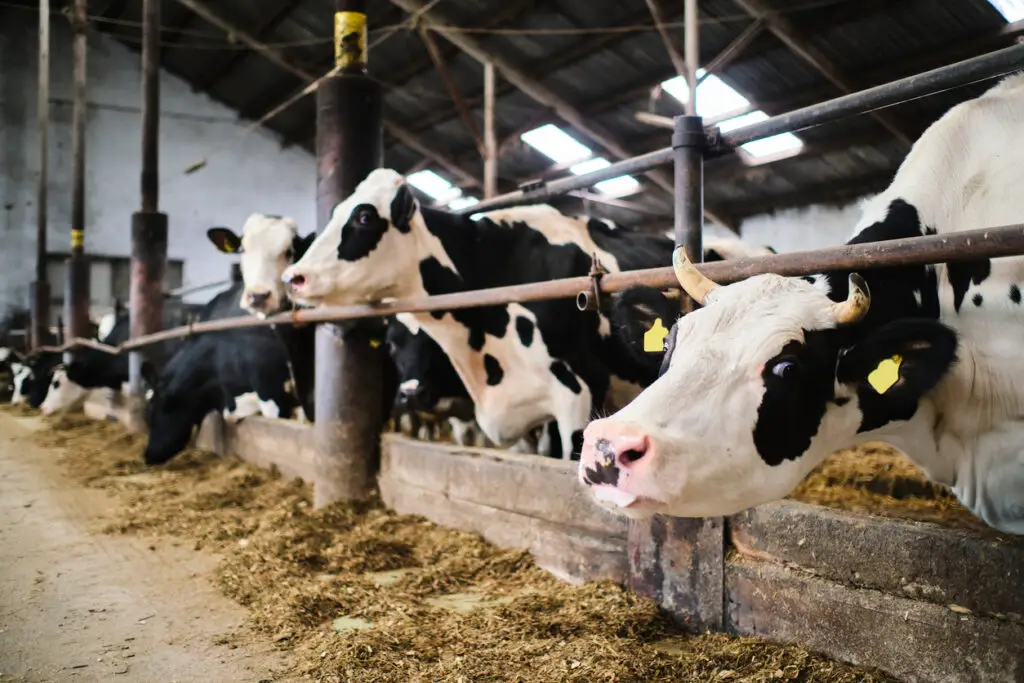
While bird flu primarily affects poultry, its impact extends beyond chickens and turkeys. The outbreak can also have a domino effect on other livestock and agricultural sectors. When bird flu spreads in a region, farmers may be forced to cull other animals, including pigs and cattle, to prevent cross-species transmission of the virus according to Think Global Health. The agricultural ecosystem is interconnected, and disruptions in one area can quickly lead to imbalances in others. For example, the loss of poultry can create an increased demand for alternative protein sources, which in turn raises the price of beef, pork, and other meats.
In addition, many farmers rely on poultry for various aspects of their farming systems, from manure for fertilizing crops to the availability of low-cost feed. The loss of poultry can increase operational costs for these farmers, as they must find new ways to balance their agricultural practices. Furthermore, the uncertainty surrounding the continued availability of poultry products can drive up prices for feed, impacting all types of livestock farming. As a result, bird flu can trigger a broader agricultural crisis, raising costs for farmers and driving up food prices across multiple categories. This interdependency can create economic hardship for farmers and consumers alike.
5. Job Losses in the Poultry and Agriculture Sectors
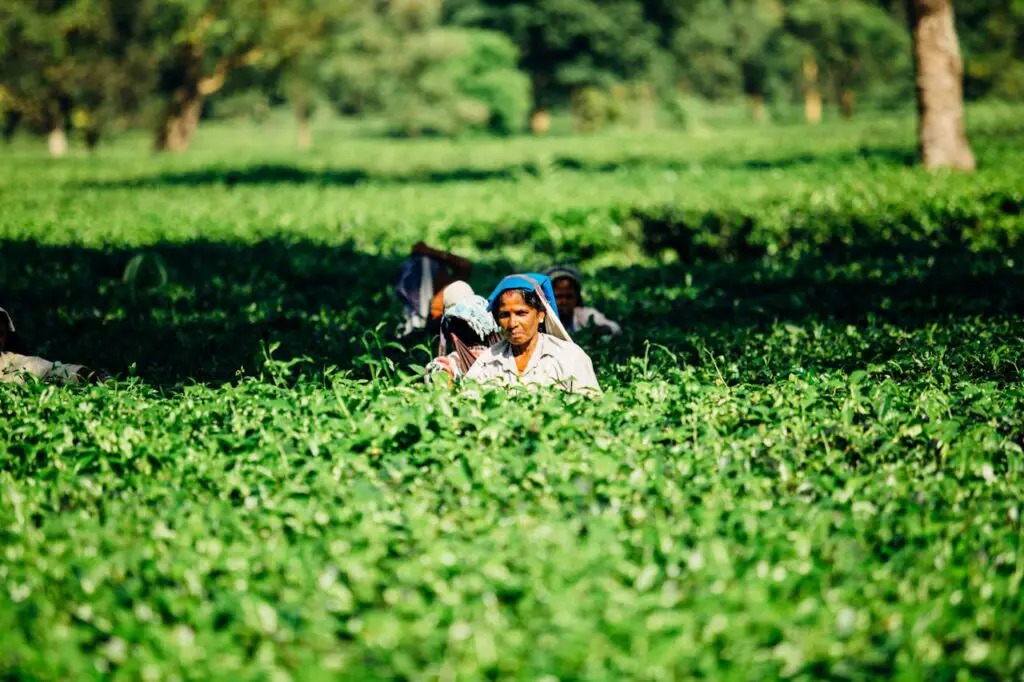
The widespread culling of poultry flocks due to bird flu outbreaks leads to significant job losses within the poultry industry. According to a study by the Iowa Farm Bureau, the bird flu outbreaks have cost Iowa nearly 8,500 jobs and approximately $427 million in lost income. In many countries, the poultry sector employs millions of people, from farm workers and hatchery staff to those working in processing plants and distribution networks. When flocks are culled, processing plants may be temporarily shut down, and workers face layoffs or reduced hours. This not only impacts individuals within the poultry sector but also has a cascading effect on the wider economy, as the loss of income for these workers can reduce overall consumer spending.
Additionally, farmers who rely on poultry farming for their livelihood may face financial ruin if they are forced to cull their flocks and halt production. The psychological and economic toll on workers, farmers, and their families can be devastating, as many have invested years of labor into their businesses. The agricultural sector also faces disruption in other industries that depend on poultry products, such as feed manufacturers and veterinary services. As the bird flu continues to spread, many workers within the food production system face an uncertain future, which in turn adds to the strain on local and national economies.
6. Government Spending and Emergency Measures to Control Outbreaks

In response to bird flu outbreaks, governments often implement emergency measures to control the spread of the virus, which can require significant financial resources. This includes funding for the culling of infected flocks, compensation for affected farmers, and the establishment of quarantines in affected regions. According to Forbes, the outbreak has cost the U.S. poultry industry approximately $1.4 billion as of November 2024, primarily for indemnity and compensation. These measures can be costly, especially in countries with large poultry industries. Governments may also invest in surveillance programs, research on vaccines and treatments, and public health campaigns to minimize the human health risks associated with bird flu.
While these efforts are crucial to preventing the further spread of the virus, they also place a financial burden on government budgets. In many cases, governments must divert funds from other sectors to address the immediate threat of bird flu. This can lead to delays in funding for other important areas, such as education, healthcare, and infrastructure. The increased government spending on bird flu control efforts can lead to rising national debt and strained fiscal policies, particularly in developing countries that already face financial challenges. These economic pressures are often felt by citizens, who may see increased taxes or reduced government services as a result.
7. Food Security Concerns and Risk of Malnutrition

As bird flu disrupts the availability of poultry products, food security becomes a critical concern. For many people in developing countries, poultry and eggs are affordable and essential sources of protein. When bird flu outbreaks cause shortages and price hikes, low-income households may find it increasingly difficult to afford these basic food items. This can lead to a rise in food insecurity, where people do not have enough access to nutritious food, exacerbating existing health issues like malnutrition and stunting.
In addition to impacting local food supplies, the global trade disruptions caused by bird flu may make it difficult for countries to source poultry from abroad. This could worsen food security for countries that rely on imports to meet domestic demand, according to Think Global Health. The long-term consequences of these disruptions can be severe, as children, the elderly, and other vulnerable populations may be most affected by a lack of affordable, nutritious food. Food security concerns extend beyond just the availability of poultry; they also highlight the fragility of global food systems in the face of diseases that can quickly spread across borders.
8. Rising Inflation and Economic Strain for Consumers

The bird flu outbreak often causes rising food prices, which can lead to overall inflationary pressure on economies. As poultry and eggs become more expensive, consumers face higher grocery bills, particularly in countries where these products are staple foods. The rise in food prices is felt most acutely by low- and middle-income families, who already spend a larger portion of their income on food. This inflationary trend can reduce the purchasing power of consumers, limiting their ability to buy other essential goods and services.
As inflation continues to rise, governments and central banks may be forced to implement monetary policies to control it. However, these policies, such as raising interest rates, can have negative side effects, including slowing down economic growth and increasing unemployment. The combination of higher food prices and tighter financial conditions can put a strain on household budgets, leading to increased economic hardship for many. This scenario is particularly concerning in developing countries, where inflation can quickly spiral out of control, further widening the gap between rich and poor.
9. Impact on the Tourism Industry and Related Sectors

While bird flu primarily affects the poultry industry, its consequences also ripple out to other sectors, such as tourism and hospitality. In regions where bird flu outbreaks occur, tourism can be significantly impacted as travelers may avoid affected areas due to health concerns or fears of the virus spreading. This decline in tourism can lead to lower revenues for hotels, restaurants, and other local businesses that depend on tourist spending. Additionally, special events like food festivals, which may feature poultry products, may be canceled or postponed, leading to further economic losses.
The tourism sector in affected countries may struggle to recover from the decline in visitor numbers, as global health concerns, media coverage, and travel restrictions can have long-lasting effects on tourism flows. Countries that rely heavily on tourism revenues may experience an economic downturn as the ripple effects of bird flu continue to hurt this key sector. The impact on local economies can be particularly severe in regions where tourism constitutes a large part of the economy.
10. Increased Demand for Alternative Proteins
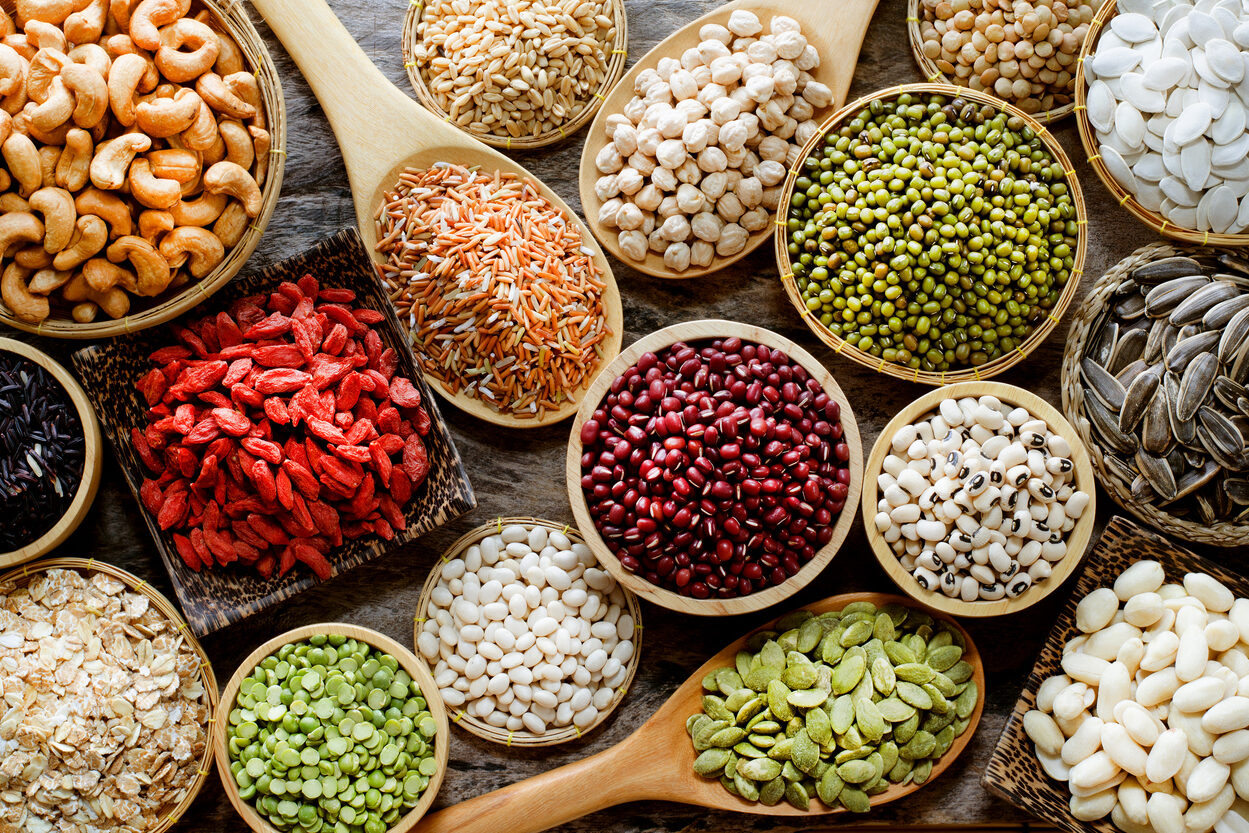
As bird flu drives up the prices of poultry products, consumers may begin seeking alternative sources of protein, such as beef, pork, or plant-based options. This shift in consumer demand can create a surge in the prices of these alternative proteins, as production struggles to keep up with the increased demand. While beef and pork may not be as directly affected by bird flu, they can become more expensive as consumers substitute poultry for these products.
Plant-based protein alternatives, such as beans, lentils, and tofu, may also see increased demand, leading to higher prices in these sectors as well. The agricultural industry may need to adjust to this shift in consumption, potentially altering production practices or supply chains to accommodate changing preferences. However, this shift also poses challenges for farmers and producers, who may face difficulty adjusting to a rapidly changing market. This volatility can lead to increased price fluctuations and reduced stability in the food market.
11. Scientific Research and Development Costs for Vaccines and Treatments

One of the major ways to combat bird flu and prevent future outbreaks is through scientific research and the development of vaccines and treatments. Governments and private companies often invest heavily in researching avian influenza and finding ways to prevent its spread. However, the costs of developing effective vaccines and treatments can be astronomical. This investment in research and development is crucial for ensuring future outbreaks are contained quickly and do not escalate into global crises.
The funding for these research efforts often comes at the expense of other health priorities. Additionally, the development of a vaccine or treatment takes time, meaning that immediate solutions to outbreaks may be difficult to implement. The cost of vaccines may also be prohibitive for some countries, particularly developing nations that already struggle to fund public health initiatives. This financial strain can delay global efforts to control the disease and increase the long-term economic costs of the outbreaks.
12. Long-Term Economic Recovery and Adjustment

Once the bird flu outbreak has been contained, the economic recovery process can take years. The damage caused to the poultry industry, food supply chains, and related sectors can have lasting effects on the global economy. Farmers may struggle to rebuild their flocks and businesses may need to adjust to new market conditions. The economic recovery process can be slow, particularly for smaller farms and businesses that lack the financial resources to recover quickly.
Additionally, global food markets may take time to stabilize, as countries work to rebuild trade relationships and restore normal supply chains. The lasting impact of bird flu on consumer behavior, food security, and agricultural industries can lead to long-term structural changes in how food systems operate globally. The full economic consequences of bird flu may not be felt immediately, but the long-term effects will require careful management and policy adjustments from governments, businesses, and international organizations.
13. The Role of Public Awareness and Preparedness in Mitigating Impact
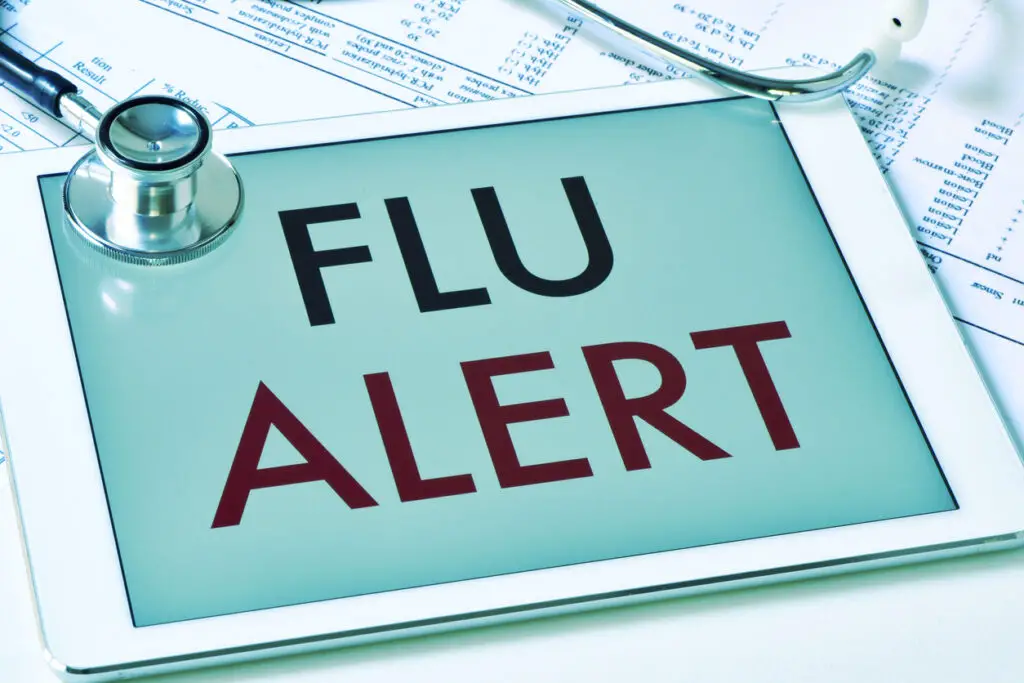
Public awareness and preparedness are crucial for mitigating the economic impact of bird flu. Governments, industries, and the public must work together to understand the risks associated with avian influenza and implement proactive measures to prevent its spread. Public health campaigns that educate people on the importance of biosecurity practices, such as avoiding contact with infected birds and following government guidelines, can reduce the risk of an outbreak becoming a global crisis.
Furthermore, investments in global health surveillance, early warning systems, and rapid response mechanisms can help identify outbreaks before they spread uncontrollably. Preparedness measures, including stockpiling vaccines and strengthening international cooperation, can ensure that the global economy is better equipped to respond to future avian influenza outbreaks. By fostering a greater understanding of the risks and consequences of bird flu, the global community can take steps to minimize its economic impact and protect both food supplies and livelihoods.


